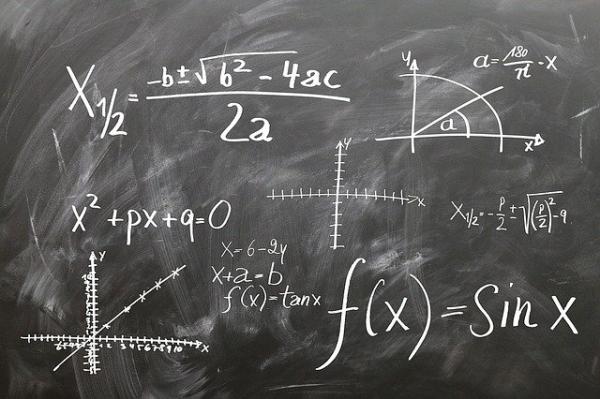I have previously written on the physics of direct contact, which pertains to how much attention we need to pay to wipe down packages and surfaces. If the surface of concern is your hands, you know the drill, wash your hands. The other two means of viral transmission for COVID-19 are through the air, as droplets and aerosols, a mist of smaller droplets. A new paper breaks down the equations involved. But before taking the deep dive, here is the disclaimer. We do not know the magic number of viral particles necessary to “cause” an infection, so physics can only tell us something about particle density. That said, a higher particle density equates with greater exposure, which in turn is related to a higher propensity for any given individual to become infected.
Three interacting factors determine COVID-19’s density, the area in which they are dispersed, the speed at which they settle downwards, and how quickly their moisture “bubble” evaporates. The researchers term the summation of these factors of droplet dispersion and evaporation, the droplet lifetime. They make use of a collision model where an infected individual’s breath creates an infectious “cloud” of varying viral particle density, which ultimately collides with the “cloud” of air being inhaled by a non-infected individual. Right away, you can see how an adequate social distance would keep the two clouds from ever interacting; our problem is to define that Goldilocks distance, where we can safely mingle. That begins by describing the shape and size of both the infectious cloud and the inhaled cloud.
The cloud we create is based on the volume we expel or inhale, and the force behind that volume. Our respiratory rate helps to maintain the cloud. For inhalation, both the strength and volume are relatively constant, except perhaps when you are exerting yourself and your respiratory rate increases.
The virus is carried on our breath, and as we exhale, cough, or sneeze, those particles fan out over an increasingly larger area but at a decreasingly slower force. Our exhalation contains particles varying from 1 to 100 mm. Those particles at the larger end, settle out of the air within a half-second; those at the smaller end, lose their moisture to evaporation in a similar interval, rendering them less viable. The intermediate size particles are the ones that hang around and form that infectious cloud.
How many particles are we talking about? The researchers suggest that sneezing produces 59 parts per million (ppm), coughing 549 ppm, and talking loudly 263 ppm. Those of you with an anti-mask bias note that covering your mouth when coughing reduces the particles to 263 ppm, a 27% reduction. There is no other medicine or vaccine currently available that reduces risk to that degree. For a visualization of the effectiveness of masks, look here.
The evaporation of the protective moisture around those intermediate particles is related to the ambient temperature and relative humidity, with higher temperatures and lower humidity facilitating evaporation. The rate of evaporation is also affected by the protective moisture’s other content, which reflects our body fluid, containing dissolved chemicals, especially salt. As moisture evaporates, the concentration of salt necessarily increases, to the point at which the viral particle is captured within salt crystals, rendering them, at least until that salt crystal dissolves, inactive. The number of airborne infectious droplets reflects the speed at which they fall to the ground or are evaporated – that is, the droplet’s lifetime. That lifetime, along with the volume and force of breath, defines the shape and density of the infectious cloud.
What is the optimum social distance? That depends, as physics dictates, on several factors, most of which are beyond our control – coughing and sneezing acting upon the forcefulness of our breathe, how many viral particles are present in our breath, how many are necessary for us to become infected, the temperature, and humidity. The only variable you can control to protect yourself is how much your cloud of inhalation overlaps the other person’s cloud of exhalation. That is another way to think of all those people infected in the church choir event, lots of overlapping clouds.
We cannot create guidelines for all situations, and policymakers need to provide a reasonable rule of thumb, in this instance, they have chosen six feet. A more in-depth look at the physics behind that decision should make us more comfortable with how the distance was determined while recognizing that in some situations, it seems more arbitrary than others. Both masks and social distance protect you and others, by modifying our respiratory clouds and the chance that they will overlap.
Source: Modeling the role of respiratory droplets in Covid-19 type pandemics Physics of Fluids DOI: 10.1063/5.0015984.




